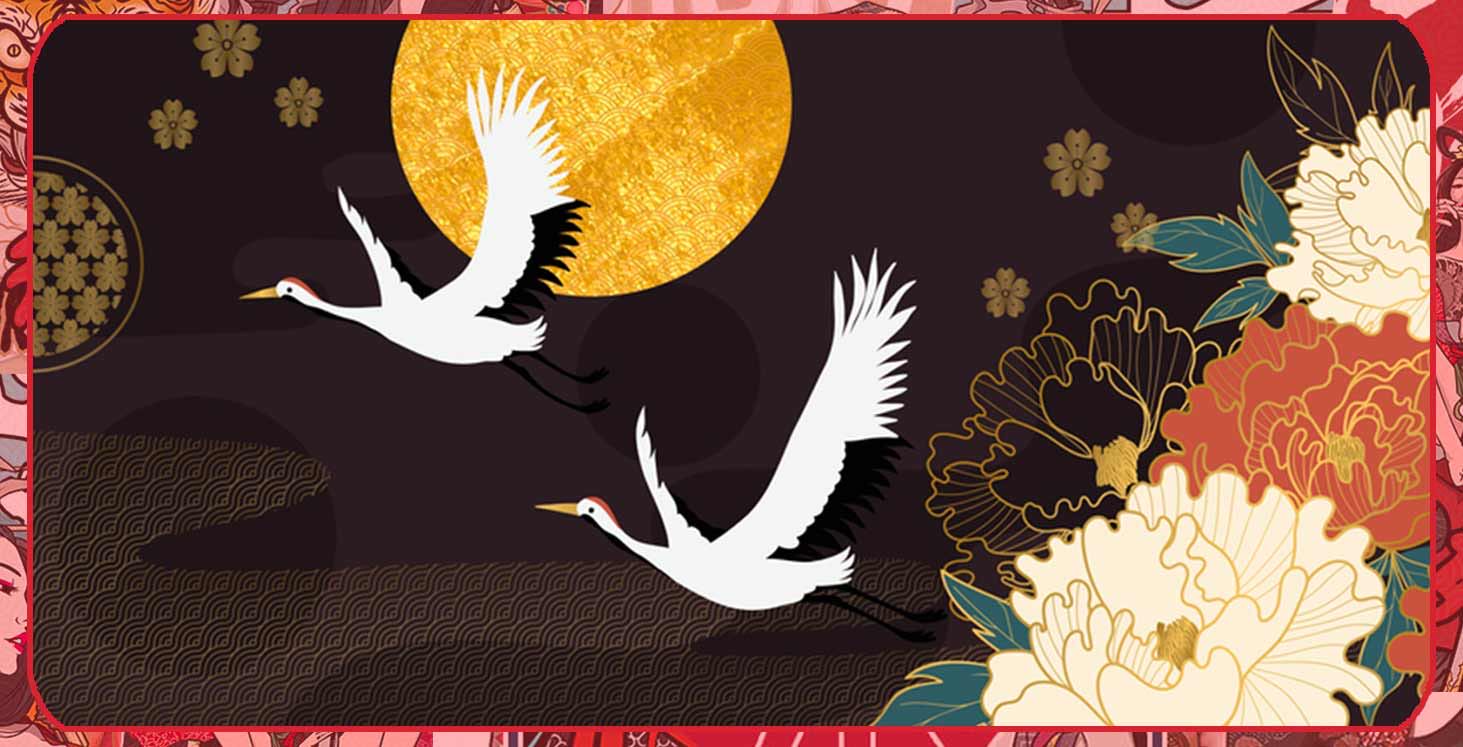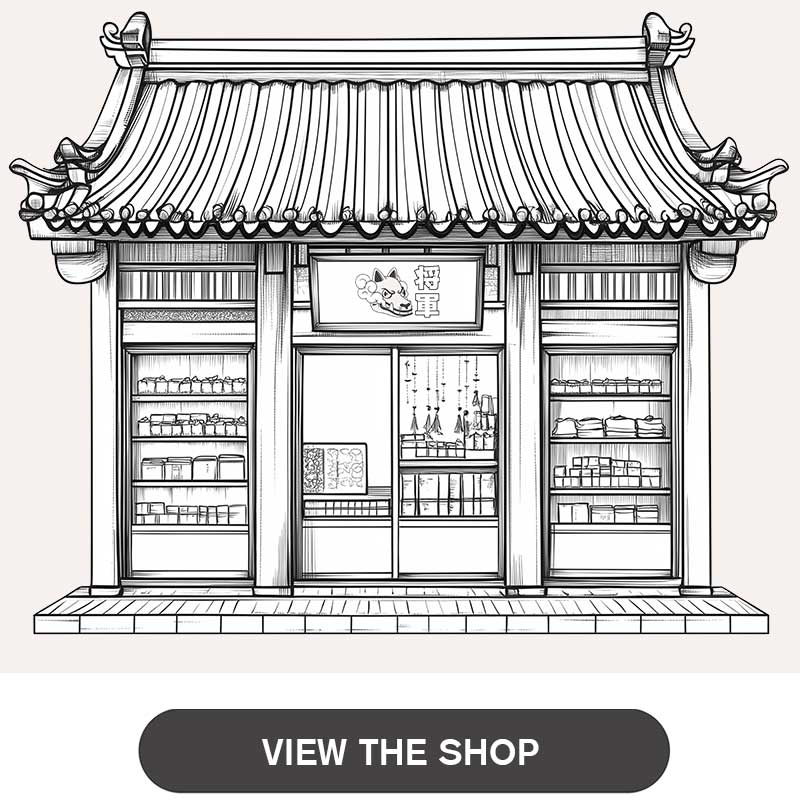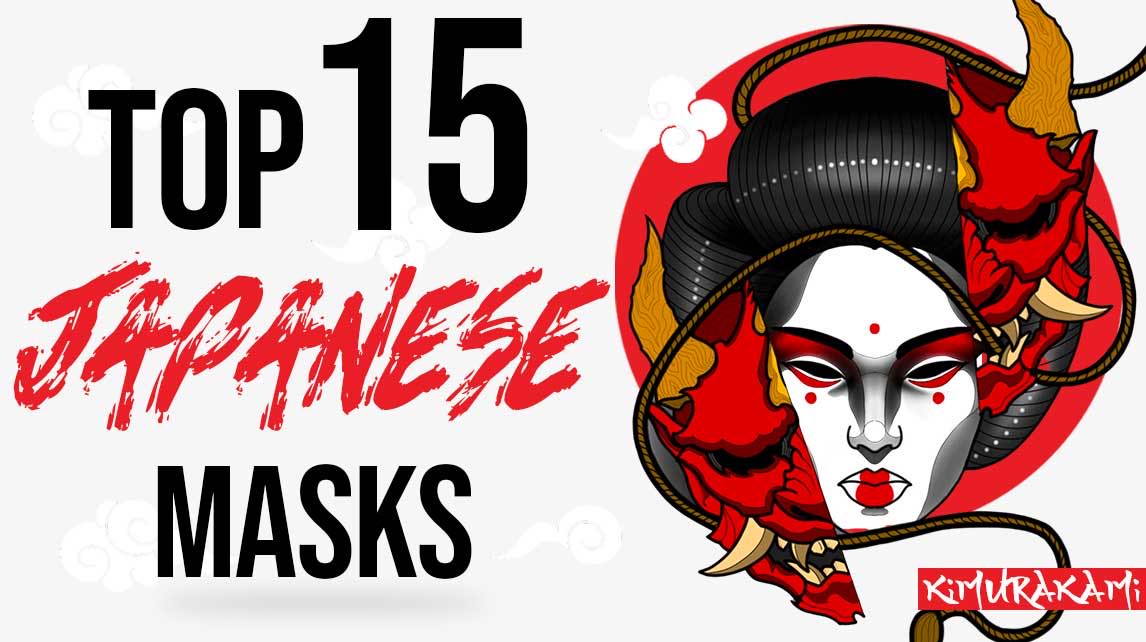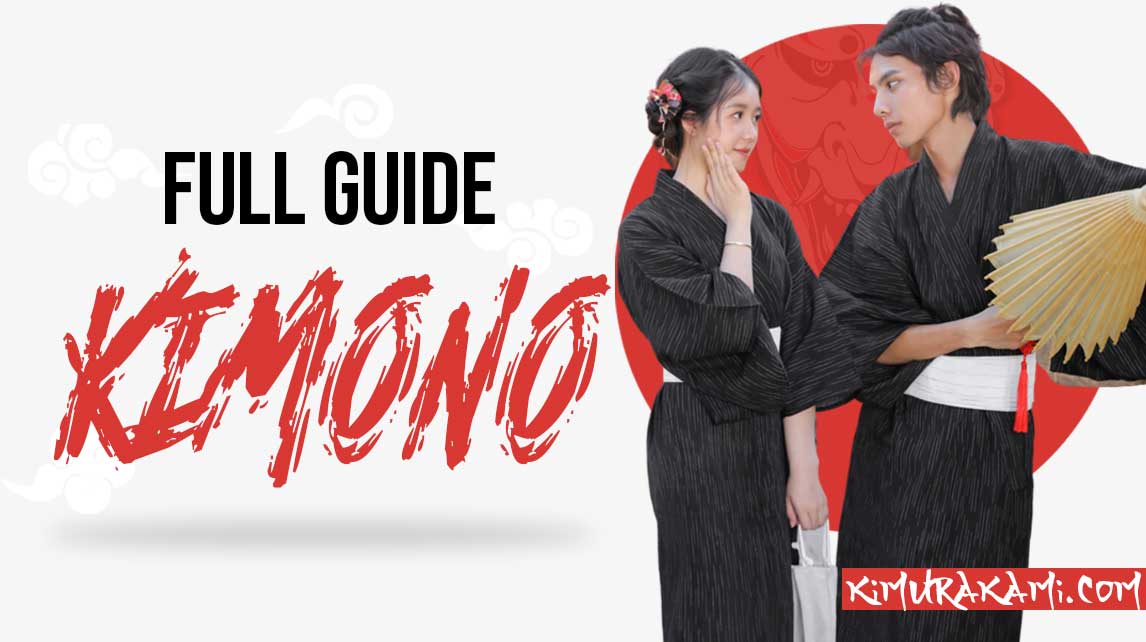If you love interior design, then you definitely need to read this article about the concept of Japanese Wabi-sabi?
Wabi-sabi is a Japanese aesthetic style. It is also a Japanese concept that is a way of accepting the imperfect and ephemeral nature of things. Wabi-sabi allows to see the imperfect beauty of nature. The principles of this philosophy are found in simplicity, humility, asymmetry, and acceptance of the effects of time in a natural way.
By reading this article, you will discover:
- The definition, origin and philosophical essence of wabi-sabi
- The seven pillars of the Japanese Zen aesthetic
- The pervasiveness of wabi-sabi in Japanese arts
- Wabi-sabi as a therapy for everyday life
Wabi-sabi definition symbolizes a large number of precepts and concepts. It is both a Japanese philosophical current, a sense of fulfillment or an artistic work such as the flower art Ikebana.
If the Japanese style of wabi-sabi attracts your curiosity whether it is from a mindset point of view or for a Japanese deco style, then let's discover together in these next lines the secrets of it!
Wabi-sabi meaning
 Wabi-sabi architecture with with clean and soft design, futon cushion, Japanese table and teapot
Wabi-sabi architecture with with clean and soft design, futon cushion, Japanese table and teapot
Wabi-sabi is more than an art, it is a philosophy akin to a beauty of imperfection. Over time, wabi-sabi as an aesthetic and spiritual symbol of Japanese culture, has evolved into a true art of living.
What is Wabi-sabi?
Wabi-sabi is an aesthetic conception of Nipponese culture that can represent several things at once. Of imperceptible particularity, it symbolizes simplicity, imperfection, humility, and serenity, etc.... To understand the essence of this philosophy is to silence one's reason, in favor of artistic sensitivity.
The real difficulty with this concept is not in its application, but rather in its understanding. If you ask to Japanese people who knows wabi-sabi to explain it to you, he or she will not be able to clearly do so. This is because, we are also talking about a philosophy "to live".
Wabi-sabi also has a poetic form. It symbolizes the beauty of imperfection, incompleteness, the beauty of modest things, the beauty of singular things. It is also called "Zen of things", as it is associated with Zen Buddhism and Taoism.
Origin of Wabi-sabi
 Splendid nature wabi-sabi painting
Splendid nature wabi-sabi painting
The origin of wabi-sabi dates back to the 14th century, and the traditional Japanese tea ceremony. At that time, tea sets imported from China with perfect beauty were mainly used. This trend was frowned upon by Murato Shuko (a Zen monk), who preferred to use handmade Japanese utensils. These objects had imperfections.
He revolutionized Japanese tea ritual by giving it a very simple appearance, based on Japanese aesthetics and humility. It was in the 15th century that the wabi-sabi concept emerged in a timeless way thanks to Rikyu. He is one of the first tea masters. He replaced Chinese luxury pieces, with handcrafted and local pieces.
His Japanese teahouse was identical to a peasant's house and for this insolence, he was dared to die. Even so, the wabi-sabi spirit had just been born in the culture of Japan, and developed over time. The spiritual values of wabi-sabi are as follows:
- From ugliness, one can obtain beauty: simplistically, perfection is not a mandatory pursuit
- In the details deemed unobtrusive and overlooked, lies greatness: this statement leads us to accept the inevitable
- By observing nature, we can bring forth truth: a philosophy that encourages us to rid ourselves of the superfluous
What is the concept of wabi-sabi?
 Japanese wabi sabi style tea house with a bonsai tree and Japanese lamps
Japanese wabi sabi style tea house with a bonsai tree and Japanese lamps
Wabi sabi is a spiritual and aesthetic concept whose definition seems complicated to most Japanese. Its spirit changes the luxurious perception that Japanese contemporaries had, of the tea ceremony. Alain Delaye, in "flowers in art and life" explains that it is like a flower placed in a vase.
Wabi-sabi is a philosophy that questions the essence of beauty, through the association of two concepts:
- Wabi: this one refers to the fulfillment and simplicity one feels when observing nature
- Sabi: this Japanese term refers to the feeling experienced when seeing the effects of time
The tea pavilion designed by Sen Rikyu and the Japanese ceramics of Raku are examples of the spirit of wabi-sabi. On the other hand, Japanese Hagi pottery illustrates simplicity of form, while Raku ceramics illustrate imperfection. Another example of this concept is associated with bonsai trees, which can be found in the Omiya district, not far from Tokyo.
The 7 pillars of the Japanese Zen aesthetic
 The principles of Japanese wabi-sabi
The principles of Japanese wabi-sabi
The aesthetic zen is related to wabi-sabi which is, the beauty of imperfection. Because this philosophical concept has a solid foundation, here are the 7 principles of Zen aesthetics:
- Fukinsei: this is a way of being in harmony with asymmetry. Through this principle, one can interpret an authentic form that emerges from a movement
- Kanso: it is the elimination of the superfluous and a focus on what is important. It is the very expression of modesty, and simplicity
- Shinzen: this represents spontaneity, naturalness, purity of things. It is about craftsmanship, the fruit of work whose work remains natural
- Seijaku: it is a notion of tranquility
- Shibui: it is about elegance, a refined beauty. Something beautiful, but understated
- Datsuzoku: this is something we are not used to. Here, we are talking about creativity, originality
- Yugen: this represents the mystery, depth and subtlety of a beauty
Wabi-sabi art : pervasiveness Japanese arts

Wabi-sabi sketch of Japanese art with Tsuru cranes and other Japanese motifs from Japanese Shinto religion
The spirit of wabi-sabi is pervasive in Japanese culture. It can be found in many traditional arts such as Japanese poetry (Haiku), floral arrangement (Ikebana), Japanese landscapes (Zen gardens), Japanese crafts (Kintsugi), and Japanese decoration.
The influence of wabi sabi impacts the Land of the Rising Sun, the Asian continent and also the West. This phenomenon is called Japonism.
The philosophy of Zen in Japanese poetry
The concept of imperfection is found in poetry, especially in some haiku. The structure of this traditional art haiku, allows for the interpretation of the concept of instant beauty. It is an ancient work steeped in Zen. It is a short poem to describe a wabi-sabi moment.
This wabi-sabi moment is composed of three lines of 17 syllables, or 5-7-5. The haiku always have something to do with nature. The author is not personified in the poem, and the writing is in the present tense. He transcribes only his impressions, which gives a vision of the present moment.
To introduce you to Japanese literature and haiku, we recommend reading Andrew Juniter's "Wabi-sabi, the Japanese art of imperfection."
The beauty of imperfection and ikebana
 Wabi-sabi ikebana flower arrangement
Wabi-sabi ikebana flower arrangement
For Alain Delaye, a simple flower in a vase perfectly represents the concept of wabi-sabi. Ikebana, also known as Japanese floral art, uses asymmetry and depth to bring forth floral beauty. Eliminating the superfluous allows the floral composition to bring out beauty without impurities.
Harmony with nature is a character unique to the Japanese, whose land is capricious. They have a deep respect for mother nature, and this character is represented in ikebana. You can see in these floral creations that the people of the Japanese archipelago emphasize the simplicity of natural beauty.
Zen gardens, the symbol of wabi-sabi
To discover the concept of wabi-sabi sensibility, we recommend you take a tour of Tokyo. Japanese garden is the true expression of this concept symbolized by the ephemerality of a flower petal or the longevity of a stone. In a Japanese garden, this sensitivity is defined by the juxtaposition of temporalities.
Kintsugi, the art of beautiful repairs
 Splendid wabi-sabi Japanese pottery from a Kintsugi bowl ustensil
Splendid wabi-sabi Japanese pottery from a Kintsugi bowl ustensil
Kintsugi is a Japanese art of repairing broken or shattered Japanese kitchen utensils. The cracks are filled with gold leaf
This ancient Japanese tradition allows for the recycling of utensils. This technical process of repairing objects is also very aesthetic
The Japanese craftsmen use it to show the beauty of the time that passes. It's a beautiful message for dealing with aging. So Kintsugi is strongly inspired by the wabi-sabi concept. In Japanese medicine, patients are asked to accept living with their past wounds.
It's not an end in itself if you get old, it's not an end in itself if you experience trauma. One must accept to live with it, and to be reborn again, even more beautiful and stronger. It is a symbol of resilience (an ability to bear trauma).
Wabi-sabi in interior design
 Soft wabi-sabi design decoration with wooden materials
Soft wabi-sabi design decoration with wooden materials
An imperfect and simple decoration can make the interior of a house, comfortable and peaceful. However, this does not mean that you should completely forget about the concepts of arrangement and maintenance.
To adopt the wabi-sabi style 100% in your apartment or house, we advise you to follow this short guide of Japanese decoration. There are four essential points:
- The beauty of natural : Japanese wabi-sabi style emphasizes the rustic, simple and natural character of our interior. Handcrafted decor, rough materials and natural colors make the uniqueness of wabi-sabi decor. A wall, a vase, a teapot, a Japanese cup, a bowl etc... are associated with the minimalist wabi-sabi style.
- The nobility and coarseness of materials: if you want to make a wabi-sabi style decoration, then you should focus on materials like wood and clay. In your Japanese interior design, you can use wooden floor for an authentic style and concrete walls for a modern look. When it comes to textile materials, opt for cotton, linen or wool.
- Recycle: apply the ancient art of kintsugi... If you want to have a 100% wabi-sabi style you can recycle your old furniture, or use the nature around you. Use tree trunks to make raw wood stools for the living room. You can even use a couch that is plagued by wear and tear.
- Choose your colors: interior design should be done with neutral and harmonious colors. The wabi-sabi style is a natural decorating style, whose colors should reflect a calm and peaceful character. Use warm tones, beige, pink, for a Japanese room and gray or black tones for a living room.
The wabi-sabi, a therapy for everyday life
 Wabi-sabi book
Wabi-sabi book
The architect Leonardo popularized the aesthetic theory of wabi-sabi in his book "Wabi-sabi for the Use of Artists, Designers, Poets & Philosophers". He distinguishes between the form and the spirit of wabi-sabi. It is a sensitive concept that can make us happy.
We can feel a wabi-sabi moment in front of a landscape, during a friendly conversation, or when sharing a pleasant moment with friends.
Wabi-sabi as an art of living
 Style wabi-sabi
Style wabi-sabi
The form and spirit of wabi-sabi are the pillars that we must apply in a daily way in our life. The form represents the material aspect such as objects, as well as our way of organizing it around us. The spirit represents the values of Japanese philosophy emphasized by the spirit of wabi-sabi.
The combination of the two concepts, teaches us to accept the simplicity of life while appreciating natural beauty. It is important to pay attention to the small details around us, such as facial imperfections. Wrinkles are marks left by time that symbolize the beauty of events experienced in life.
Wabi-sabi translates to personal development and invites us to remove the perfection factor. The principle of wabi-sabi urges us to be humble in our personal and professional lives. It allows us to understand our true needs, and to reject what is unnecessary...
Wabi-sabi and self-acceptance
 The concept of nature and the wabi-sabi philosophy
The concept of nature and the wabi-sabi philosophy
The complexity of understanding wabi-sabi comes from its adaptation to the minutiae of our lives. It is a philosophy that teaches us self-acceptance. It is a concept that invites us to cherish what we have, without an incessant need for change.
Why complain when we get wrinkles or complain about our height? Stop self-criticism and accept yourself, that's the principle of wabi-sabi. Learning to love your imperfections, thus being born again, with a much stronger confidence.
It is necessary to focus on the things that you consider important, and get rid of the superfluous. One must learn to turn to others. Finally, wabi-sabi requires one to become more organized and avoid clutter with unnecessary things.
Wabi-sabi, an aesthetic philosophy of life
 Wabi-sabi interior with a zen garden
Wabi-sabi interior with a zen garden
So we have seen in this article that wabi-sabi is an imperceptible concept that strongly permeates the daily life of the Japanese . In summary and as Leonard Koren mentioned wabi-sabi corresponds to "the beauty of imperfection". We have also seen that the origin of wabi-sabi dates back to the 14th century with Murato Shuko, but it is well over a century later, that the concept flourishes.
The popularity of wabi sabi is associated with Sen Rikyu, one of the greatest tea masters in Japanese history. Thanks to him, the tea ceremony acquired great fame. Luxurious objects were abandoned in favor of local utensils. Wabi-sabi is inspired by the aesthetic philosophy of Zen, and is distinguished into 7 major pillars that harmonize.
The wabi-sabi style is also an art of interior decoration, applying the principles of kintsugi. Wabi-sabi is the origin of Japanese sensibility, and is presented as a philosophy of life. Zen gardens, poetry and floral decoration, are strongly influenced by this concept that advocates humility.









I liked your post, giving a detailed history and context of wabi sabi with Zen aesthetics! It’s very rare that a philosophy can be presented by various arts like poetry, architecture, paintings and spiritual practices – and you have shared some nice examples of the Japanese culture, to explain wabi sabi. The importance of recycling and art of kintsugi, goes hand-in-hand with imperfection and boundaries of the time. I will check out the books you have referred or recommended. Thanks again to share your post!
Leave a comment